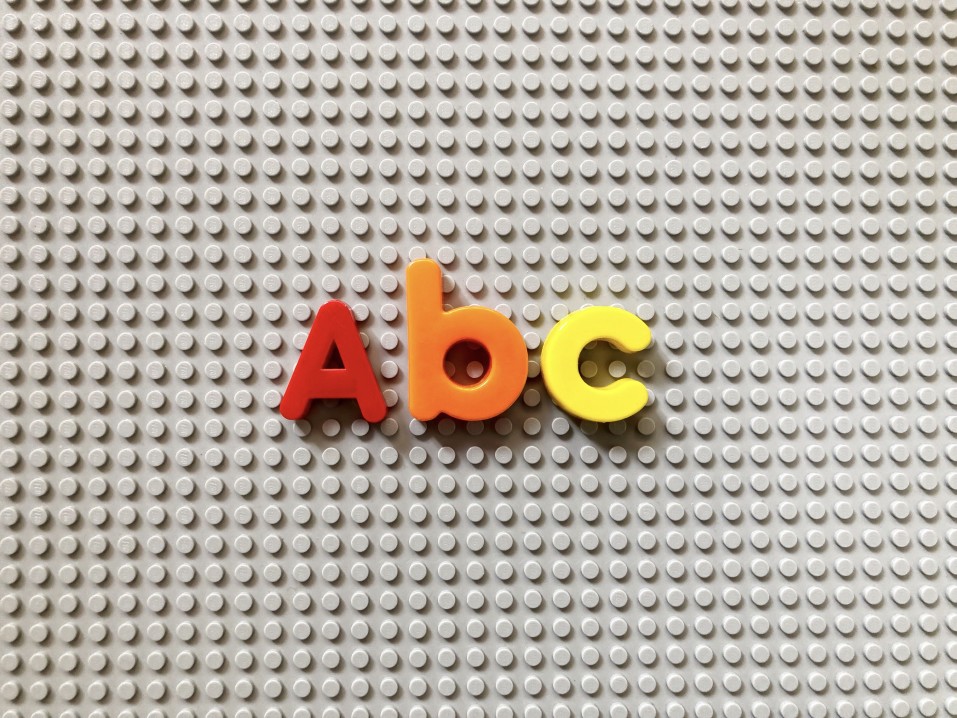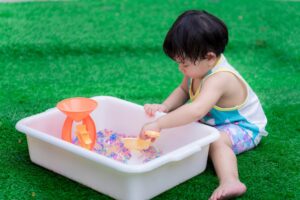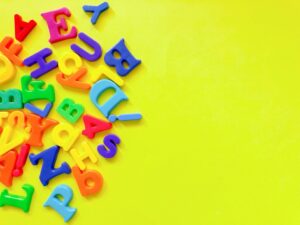We have all heard the familiar phrase that learning starts at home. Play is an important role in your child’s intellectual, social, physical and emotional development. Through play, your child will learn important problem-solving skills, communication, sensory and interpersonal skills. These are all integral skills your little one needs to be successful in both life and in school. Here are some DIY brain-boosting activities for your toddler or preschooler.
Sensory Activities
Children use their senses from birth as they try to make sense of the world around them. They do this by touching, tasting, smelling, moving, seeing and hearing. Providing opportunities for your preschooler or toddler to actively use their senses is important for brain development and growth.
Water Beads – These squishy colorful balls of fun can spark any imagination with their unique texture and adaptability. Find them on Amazon or any local craft store. For a fun sensory activity, simply fill a bin with water beads and let your little one touch, squeeze and roll their fingers over them. Add their favorite toys for a fun treasure hunt. Other ideas include filling a balloon with the beads and making a squishy sensory stress reliever ball or fill it up with air and hear the beads bounce like popcorn. Just be sure to supervise closely and don’t let your little one put them in their mouth.
Sensory Bags – For this activity, all you need are Ziploc bags, hair gel (for inexpensive hair gel try to dollar store) and food coloring. Simply fill the bags with ¼ to ½ cups of hair gel, add the food color, seal and blend by gently massaging with your hands. Add cool trinkets like mini plastic shapes or dinosaurs for extrasensory exploration.
Letter Recognition
Letter recognition is an important skill for your toddler or preschool-aged child because it enables them to figure out how printed text is associated with the spoken language. Having the ability to recognize letter names can make learning letter sounds easier for young readers. Try these easy DIY letter activities.
Chalkboard Letters – Grab a chalkboard and write out the alphabet. Give your preschooler a cup of water and a paintbrush and have them trace the letters with water. This is an easy way to get your little one to have fun while learning their letters.
Secret Letters – All you need is a white piece of paper, white crayon, and watercolor paint. Simply trace out the alphabet on the white piece of paper and have your child paint over the crayon. Watch as the letters “magically” appear. Have your child name each letter as they uncover them. Tips: Make sure there is enough paint on the brush so the crayon really shows through. Also make sure to print the letters firm enough but not too firm they show before they’ve been painted over.



